These vegan biscoff cupcakes are so soft and light, filled with the delicious spiced flavour of cookie butter. Topped with vegan biscoff buttercream and a creamy biscoff centre, these cupcakes are the perfect flavour for any occasion!
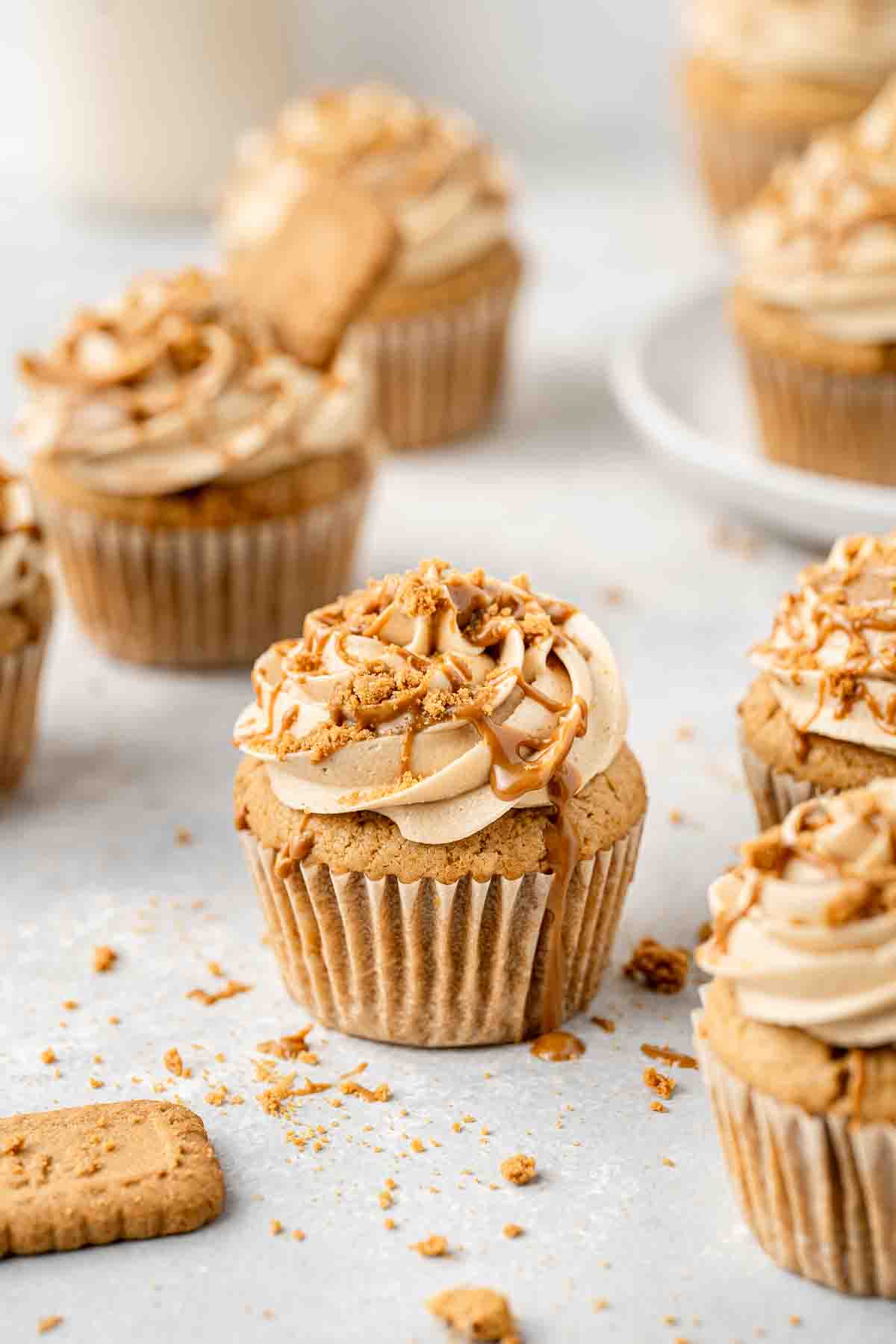
Are you addicted to biscoff yet? If not, let me help you get there. Every single time I make something with this glorious biscuit spread everyone loves it. Honestly I haven’t come across anyone who doesn’t love it.
Lotus biscoff spread is a Belgian creation and is a smooth, creamy spread not unlike peanut butter made from the biscuits of the same name. It’s sweet and caramel in flavour and so incredibly delicious I dare you not to eat it out of the jar with a spoon!
If however you can resist, it is a fantastic ingredient to bake with, giving a unique flavour to so many different recipes. Plus despite seeming like a fancy ingredient, it’s really accessible, and you can find biscoff spread at the supermarket in the aisle next to the peanut butter.
If you love biscoff as much as I do, you’ll also love this biscoff cheesecake, these baked biscoff doughnuts, or this easy biscoff fudge (my absolute favourite!).
Key Ingredients
You need just 10 ingredients to make these biscoff cupcakes, all playing their part to ensure that you get a beautiful, light and fluffy cupcake. I don’t recommend any substitutions for this recipe as that can change the taste and texture of the end result.
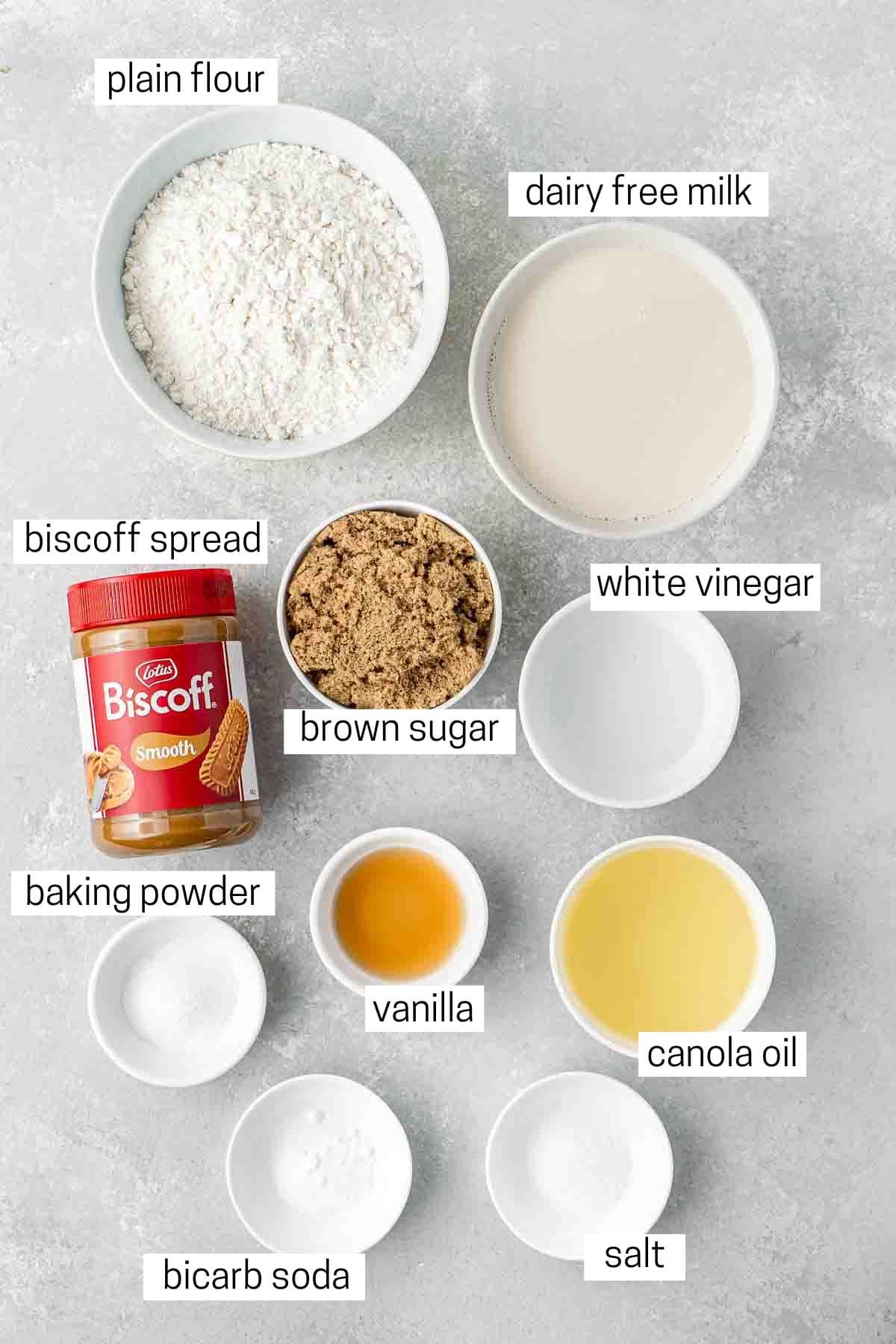
Note all ingredients and their quantities are laid out in the recipe card at the bottom of this post.
- Almond milk + white vinegar – this creates a dairy-free ‘buttermilk’ that will help keep our cupcakes super light and fluffy. This is one of the keys to making vegan cupcakes the perfect texture.
- Plain flour – also known as all purpose flour in the US.
- Baking powder – provides a light and fluffy texture to the cupcake.
- Bicarbonate of soda – also known as baking soda in the US. This reacts with the acidity of the vinegar to create lift and give us a light and fluffy cupcake.
- Salt – just a pinch to balance out the sweetness.
- Canola oil – it’s important to use a flavourless oil here so we get a nice soft, moist cupcake but without being able to taste it in the cupcake.
- Brown sugar – gives the cupcakes not only sweetness (without being too sweet) but also gives a rich, caramelly flavour that enhances the biscoff flavour.
- Vanilla extract – enhances the flavour
- Biscoff spread – the hero of these cupcakes. The sweet, spiced, caramel flavour of the biscoff spread gives these cupcakes the most addictive flavour. You can use any brand of cookie butter but the Lotus Biscoff Spread is the most commonly available.
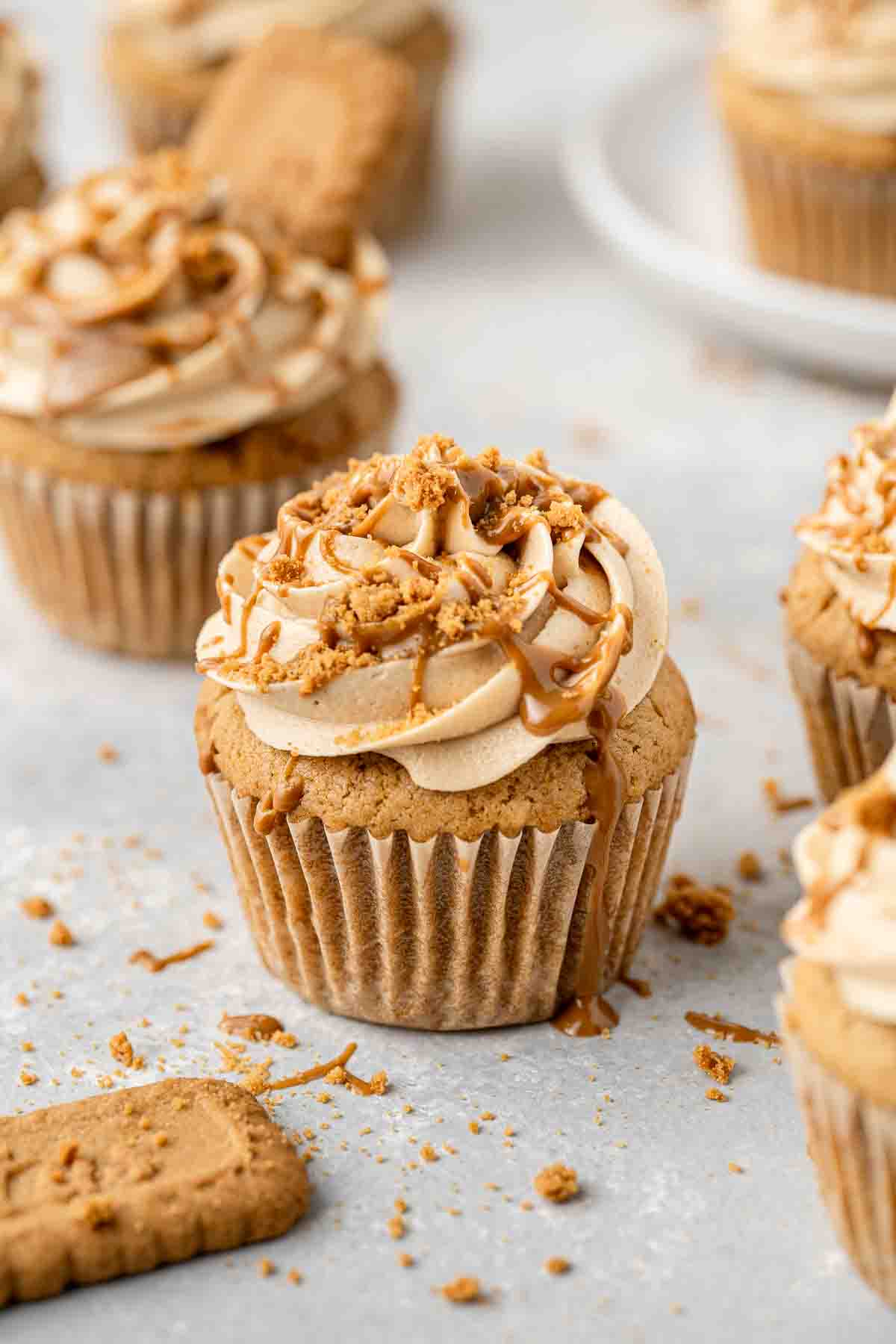
Step-By-Step Instructions
These cupcakes are so easy to make, for the cupcakes themselves all you need is a bowl and a whisk or hand mixer!
Start by making your dairy-free buttermilk substitute by mixing together the almond milk and white vinegar. It will start to curdle and look a bit funky, but that’s ok! Set aside.
Next whisk together all of your dry ingredients.
In a large mixing bowl, whisk together the canola oil, brown sugar and vanilla. Add in the biscoff spread and mix to combine.
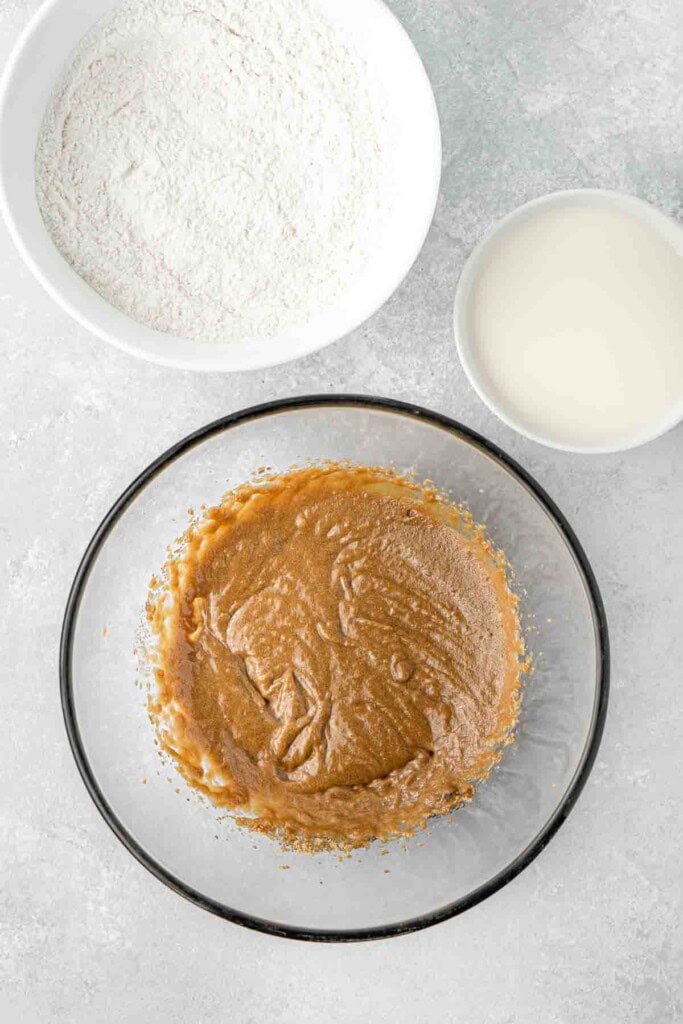
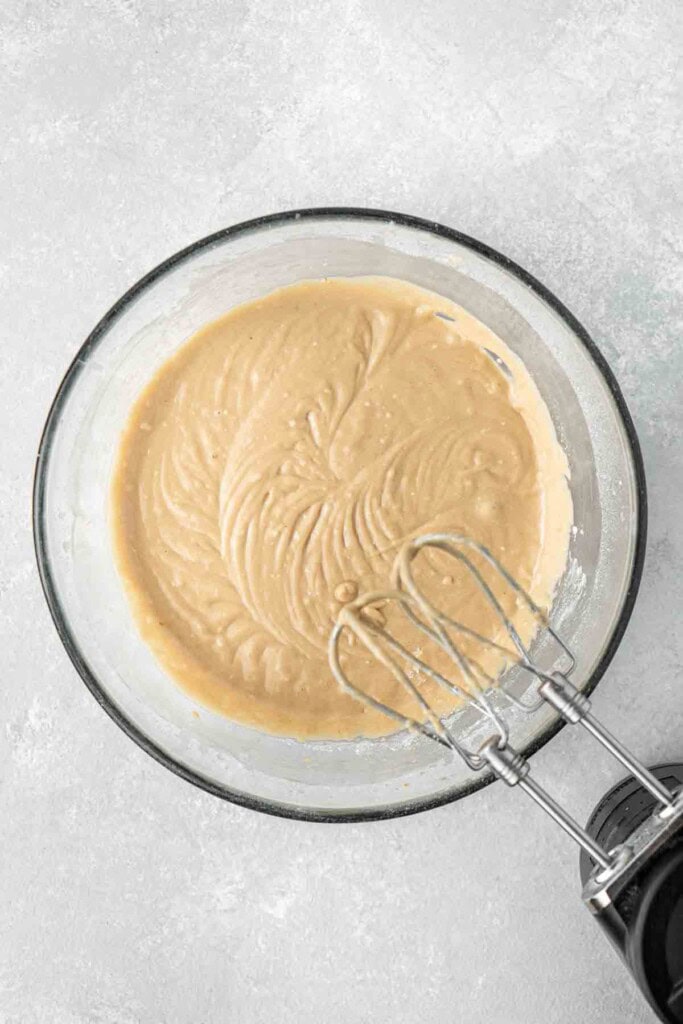
Next, bring everything together by alternating adding in the milk mixture and the dry ingredients until a thick, smooth batter forms. Only mix until just combined, don’t overmix otherwise we’ll end up with dense cakes.
Add the batter into a prepared cupcake pan and bake for around 20 minutes or until the tops are slightly springy when touched. This is my preferred method for checking that cakes are done and it works every time.
Let the cakes cool completely in a wire rack before frosting.
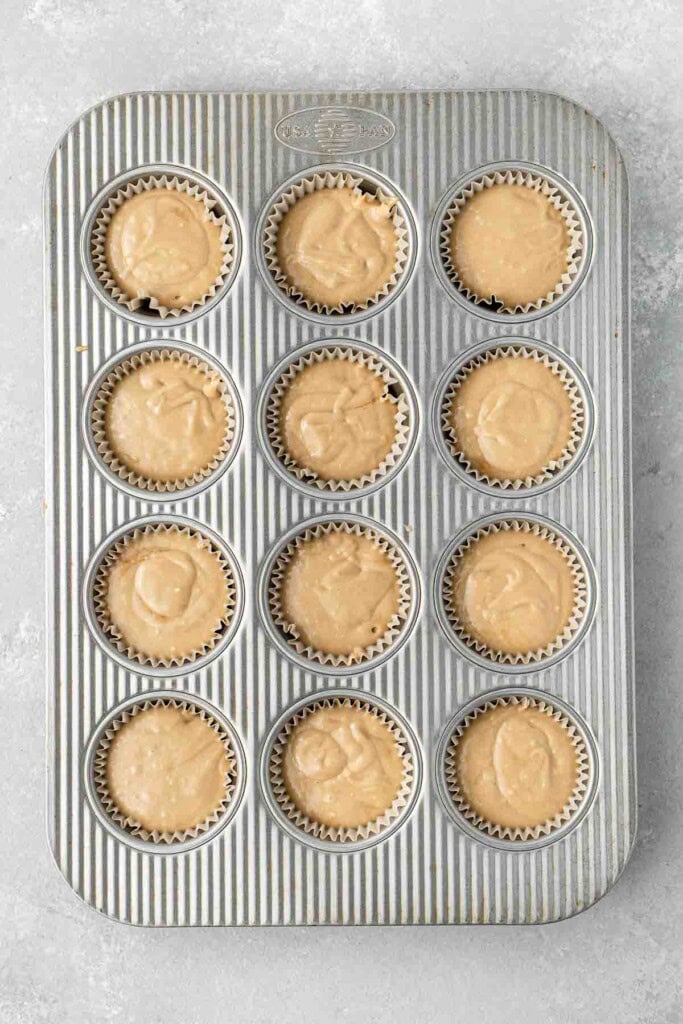
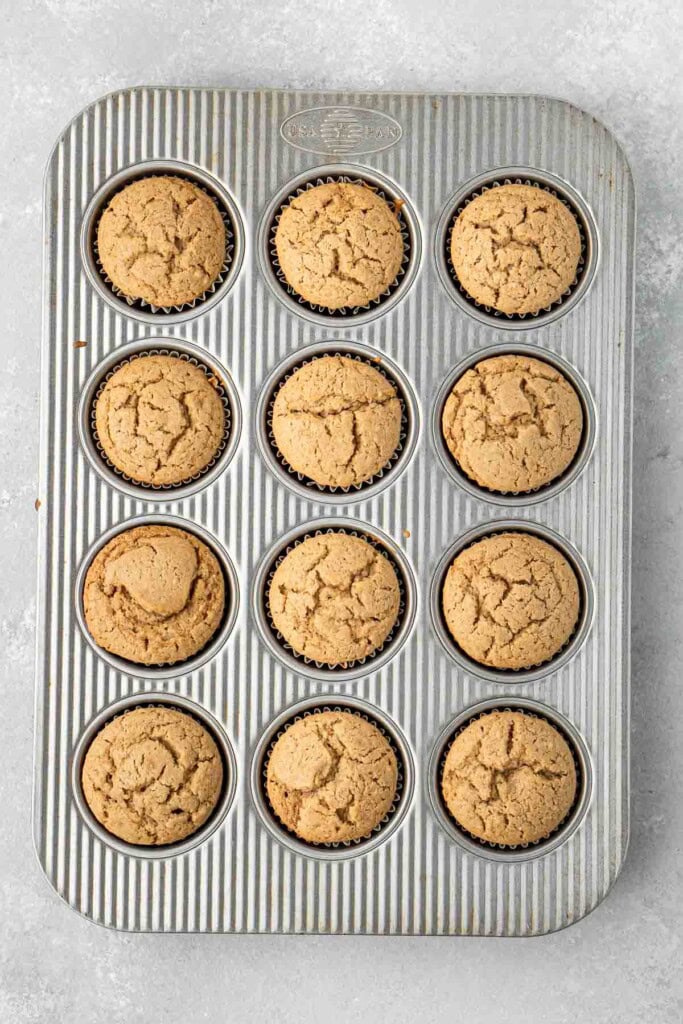
For a little extra, using a small sharp knife or an apple corer, scoop out the centre of the cupcake. Melt a little biscoff spread in a bowl in the microwave for 10-20 seconds and then place it in a piping bag and pipe the biscoff spread into the centre of the cupcakes.
For the frosting, be sure to check out my full post on how to make vegan biscoff buttercream. Once you’ve made a batch, you’re ready to decorate!

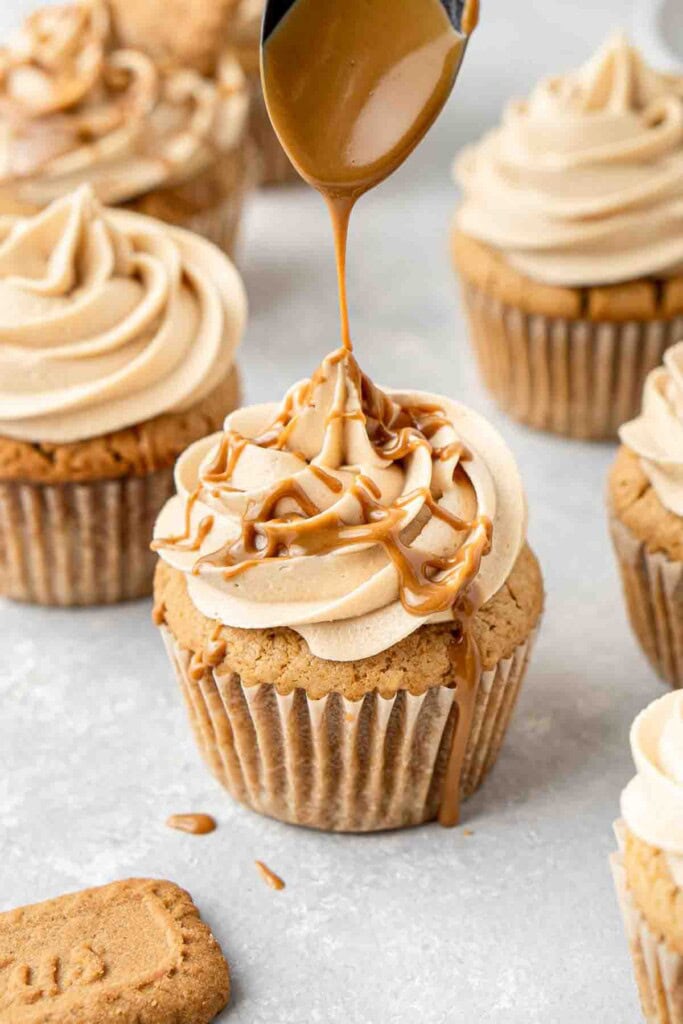
I love to use my Wilton 1M tip as it makes beautiful professional looking swirls so easy. If you think you’re not very good at decorating cupcakes, I would recommend that you get this piping tip as it will completely change how you decorate your cupcakes and you’ll be surprised at how good the results are – you really don’t need to be a professional, it all comes down to having the correct tip!
Melt a little more biscoff spread and drizzle it over the top of the cupcakes and top with some crushed biscoff cookies.

More vegan cupcakes:
Lamington Cupcakes (Vegan)
Vegan Red Velvet Cupcakes
Cookies and Cream Cupcakes (Vegan)
Vegan Vanilla Cupcakes
The BEST Vegan Chocolate Cupcakes
Vegan Lemon Cupcakes
Chocolate Hazelnut Cupcakes (Vegan)
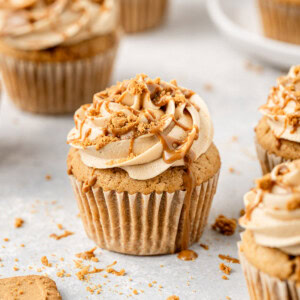
Vegan Biscoff Cupcakes
Ingredients
For the biscoff cupcakes:
- 1 cup almond milk
- 1 tablespoon white vinegar
- 1 ¾ cups plain flour
- 1 teaspoon baking powder
- ¼ teaspoon bicarbonate of soda
- ¼ teaspoon salt
- ⅓ cup canola oil
- ½ cup brown sugar
- 1 teaspoon vanilla extract
- ½ cup 100 grams biscoff spread
For the biscoff buttercream:
- ¼ cup 65 grams dairy-free butter
- ⅓ cup 70 grams biscoff spread
- 1 teaspoon vanilla extract
- 1 ½ cups icing sugar
- 1 tablespoon almond milk
- pinch salt
- biscoff cookies to decorate
- extra melted biscoff spread for the filling and to decorate
Instructions
- Preheat the oven to 180°C and line a muffin tin with 12 patty cases.
- In a small bowl combine white vinegar and almond milk. Set aside.
- In a medium bowl, whisk together flour, bicarbonate of soda, baking powder and salt.
- In a large bowl, whisk together canola oil, brown sugar, vanilla and biscoff spread until combined.
- Slowly add the milk mixture, alternating with the dry ingredients until the cupcake batter comes together, scraping down the sides of the bowl as necessary. Be careful to mix only until just combined to avoid overworking the batter.
- Spoon mixture into patty cases ensuring they are only ½ full before placing them in the oven for 18-20 minutes or until lightly springy to touch. Let cool completely before frosting.
- Using a small knife or apple corer, cut out the middle of each cupcake about half way down. Melt some extra biscoff spread in a bowl in the microwave for 10-20 seconds and then place it in a piping bag and pipe the biscoff spread into the centre of the cupcakes. Set aside while you make the buttercream.
- Using a handheld mixer or a stand mixer with the paddle attachment fitted, beat the dairy-free butter, biscoff spread and vanilla for 1-2 minutes until creamy. Add in 1 cup of icing sugar and beat on medium until combined. Add in the remaining icing sugar and as the mixture thickens, add in the almond milk and beat until smooth and creamy but still thick enough to stand up on its own. If it’s a bit thin, add in a little extra icing sugar until the desired consistency is reached, if it’s too thick, add a little more almond milk.
- Decorate the cupcakes. Add the frosting to the piping bag with a large open star tip attached (I used the Wilton 1M) and pipe swirls of frosting on each cupcake. Finish with a little drizzle of melted biscoff spread and biscoff cookies and crumbs.
Notes
Nutrition
Nutritional information is provided as a guide only and is calculated using automated online tools, therefore we cannot guarantee the accuracy. We encourage you to make your own calculations based on the actual ingredients used in your recipe.

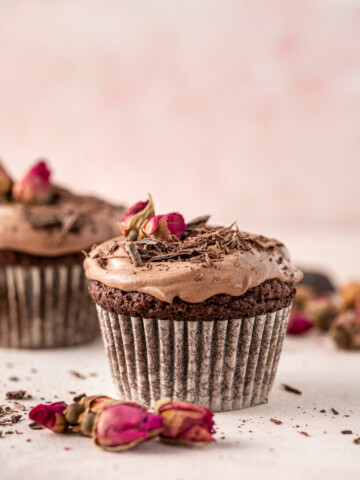
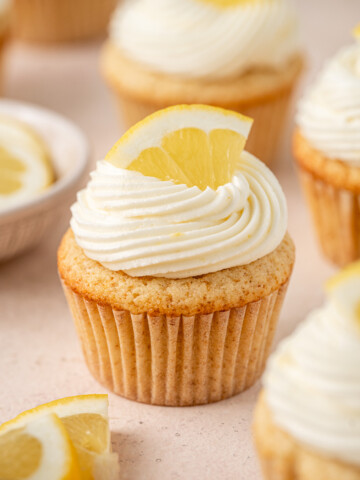
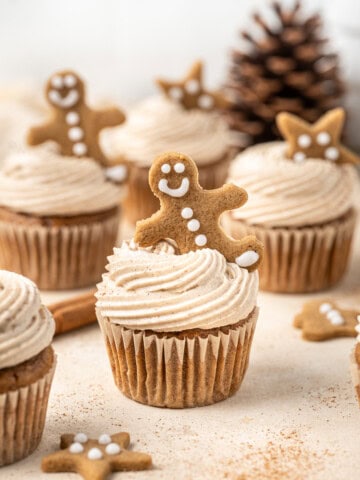
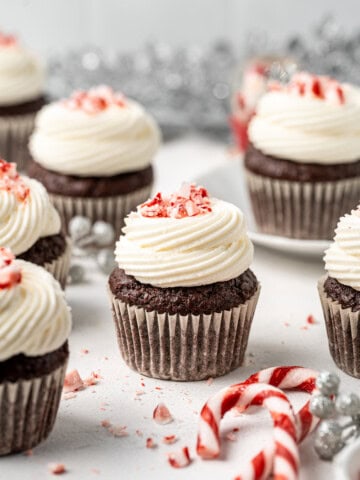
sherry says
biscoff spread? i don’t know if we can get it here in queensland. probably but i’ve never seen it. is there an aussie equivalent?
Sally says
Hi Sherry, you certainly can get it here in QLD – I’m based in Brisbane and have been able to find it at all Woolworths stores in the spreads isle next to the peanut butter. It’s a very unique product – can’t say there is anything else quite like it.
Margaret G says
What can I use instead of biscoff spread as I have never seen it on shelves here in Mandurah Western Australia?
Sally says
Hi Margaret. That’s disappointing biscoff hasn’t made it’s way over to WA yet! I find it in my local woolworths. I can’t really recommend a substitute as the biscoff contributes to the flavour and texture of the cakes. I have a range of other cupcake recipes on my site though, so please look through the archives to see if there might be something more suitable.